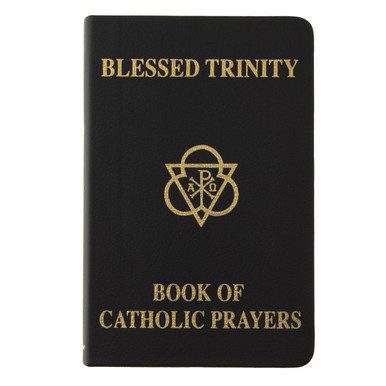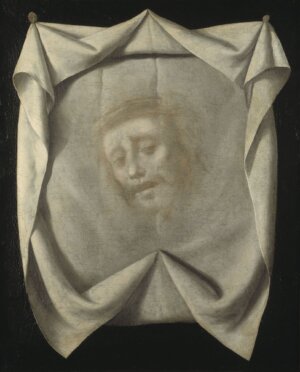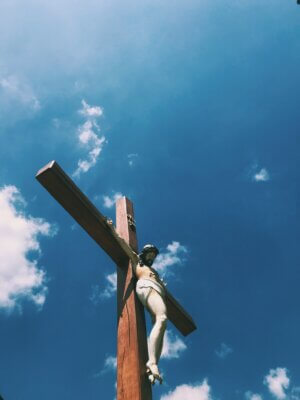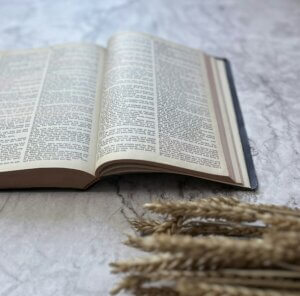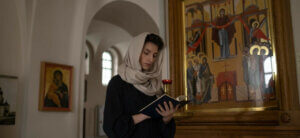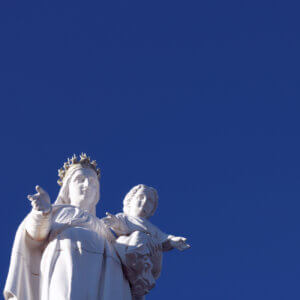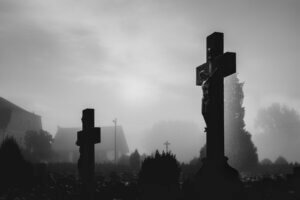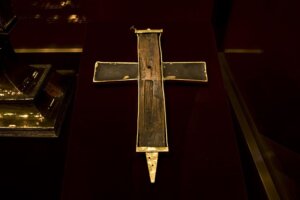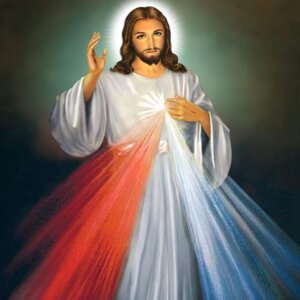Nagasaki, Japan, 1865.
Fr. Bernard Petitjean and the other French missionaries had just opened a church overlooking the ocean. It was dedicated to the Twenty-Six Martyrs of Japan, who were among the thousands of Japanese Catholics who had been martyred or persecuted since the Faith had first come there in the 16th century.
This nation had proven to be fertile ground for Catholicism, and the persecution soon came from authorities jealous of the Church’s influence. These persecutions culminated in the total expulsion of Catholic priests from the country around 1614.
It was an exile that lasted two hundred and fifty years.
You read that correctly. For two and a half centuries, not a single Catholic priest was allowed on the islands of Japan. The last ones were martyred around the 1640s. The restrictions were only lifted amid the general loosening of Japan’s strict “closed-country” policies in the latter half of the 19th century.
Without shepherds or Sacraments for so long, the Faith must have died out after a generation or two…right?
Wrong.
Not too long after Fr. Petitjean opened his church in 1865 (a holy triumph after 250 years of no Catholic churches at all!) a group of Japanese came to visit—quietly, cautiously. They approached the priest, and said to him: “We have the same heart as you.” They asked to see the statue of Our Lady in the church, knowing her to be a definitive sign of their ancient faith—and rejoiced when they saw it.
Inviting Fr. Petitjean to visit their villages, they showed him a faith that had weathered more than two centuries of starvation. Here, in these hidden communities, families had passed the Faith down from generation to generation, handing it on like a precious heirloom that one day they would be able to fully practice again.
Organized lay communities—which had existed before the persecutions—ensured the transmission of Catholic practices. The faithful had said innumerable acts of contrition in lieu of absolution, and had done their best to observe the fasts and feasts of the Church. They had done all this with no guidance, with no sacraments to sustain them.
But they had to be wise as serpents in their dealings. They stylized statues of Our Lady to look like Buddhist images, so the authorities wouldn’t notice. They adapted Catholic chants so that they sounded Buddhist to unfriendly ears.
When the “hidden Christians” were discovered, the priests did a thorough investigation into their beliefs to ensure that their faith was indeed Catholic. And they found that, on the whole, it was. A great many of these Christians joyfully joined the Catholic fold, though some, unfortunately, chose to remain separated, having become too attached to their own way of doing things.
Pope Pius IX, in a message to Fr. Petitjean after the discovery of the hidden Christians, called it a “Miracle of the Orient.”
One of the ways the faith of the hidden Christians stayed so strong was through the use of beloved spiritual books. Our Blessed Trinity Book of Catholic Prayers is an outstanding compendium of favorite Catholic prayers. It’s beautiful, too, with lovely illustrations, gold-gilded edging, and tri-colored ribbon markers. Made to sustain your prayer life day in and day out! Order yours at The Catholic Company today!

